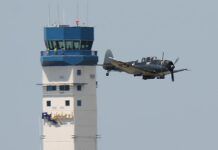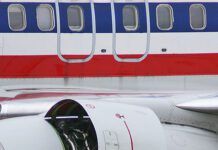
The FAA today published a notice in theFederal Register of the availability of two new and eight revised consensus standards for certification of certain light sport aircraft and requested comments on the standards. Under light sport rules, ASTM International (formerly known as the American Society for Testing and Materials) Committee F37 on Light Sport Aircraft developed the standards with FAA participation. With the formal notice in the Federal Register, the FAA found the new standards acceptable and published them for comment. Under the light sport rules, the FAA expects that certification standards are to be reviewed at least every two years and revised as necessary. Included in the new or revised standards are those that apply to design, quality assurance and continued airworthiness of powered parachutes; design and performance of light sport aircraft; and quality assurance of fixed wing and lighter-than-air light sport aircraft.
Under the light sport rules, federal participation in the development and use of voluntary consensus standards and in conformity assessment activities is required. Those rules are less formal than the rule-making process the FAA must go through to change the Federal Aviation Regulations applicable to certification of non-light-sport aircraft. Accordingly, the FAA announced that its personnel have been working with ASTM International to develop consensus standards for light sport aircraft. The FAA said the consensus standards satisfy the FAA’s goal for airworthiness certification and a verifiable minimum safety level for light sport aircraft. Instead of developing airworthiness standards through the rulemaking process, the FAA participates as a member of Committee F37 in developing these standards. According to the FAA, the use of the consensus standard process assures government and industry discussion and agreement on appropriate standards for the required level of safety.


































